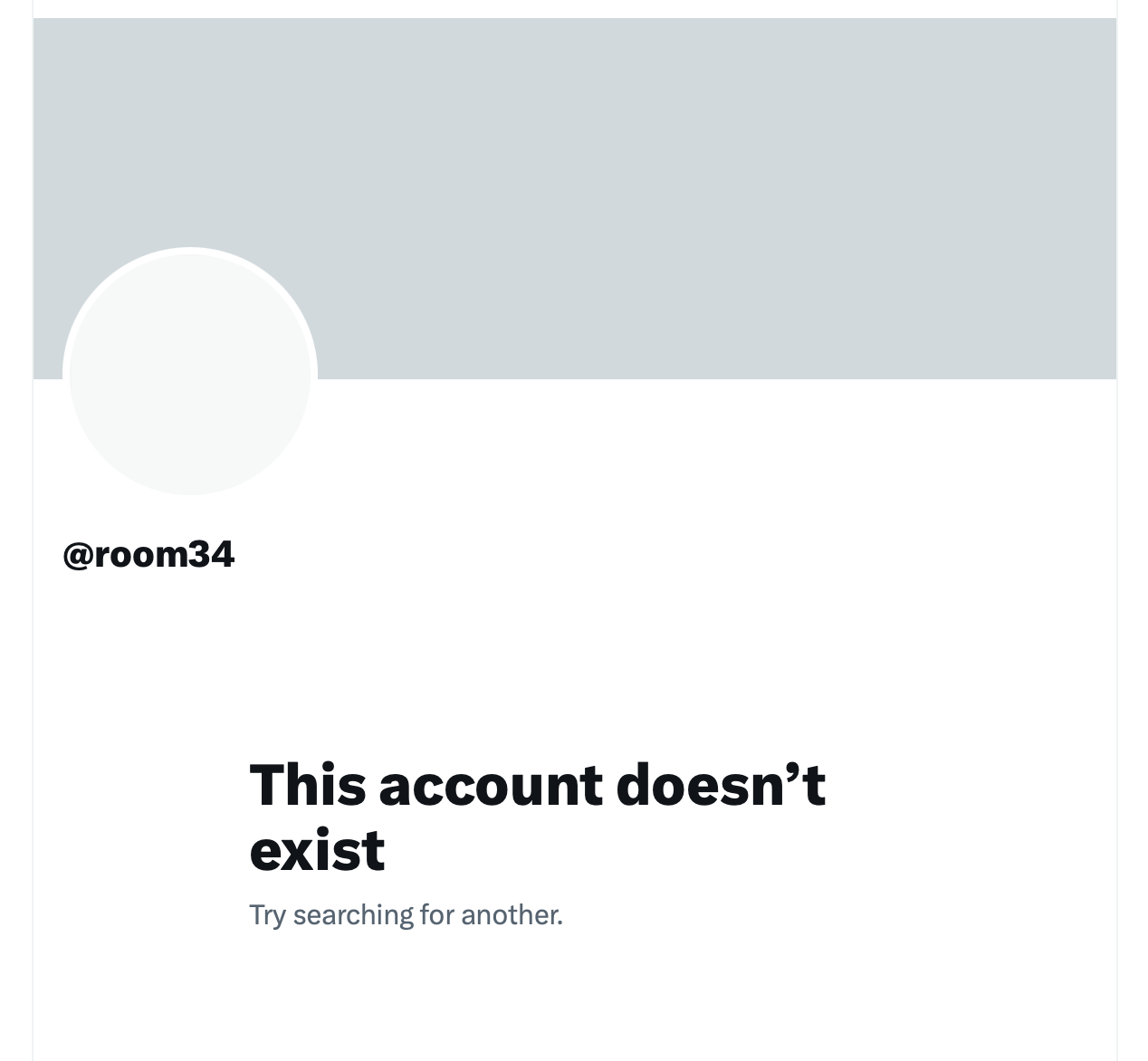I joined Twitter in 2009, and over the span of a decade amassed over 40,000 tweets (and just over 500 followers, most of whom I believe were real humans, as I actively culled the obvious bots during my Twitter heyday). But when, around 2015, the site became a platform for would-be fascist authoritarians, I began to lose interest. I pretty much left entirely in 2017, and after a brief re-emergence in 2019 (which only served to confirm that the place was a rage machine hellscape I was better off avoiding), I decided to delete my account entirely.
But for some reason, the Twitter of 2019 labeled my closed account as suspended — with their standard message about violating terms of use. Absolutely false. And while I was briefly outraged, I eventually saw it as a badge of honor. Twitter was an apocalyptic dumpster fire long before Elon Musk was forced to buy it, and I became almost proud to have people think I had been kicked out against my will.
Periodically over the past 3 1/2 years I’ve gone back and looked at my account page to see if it still said I had been suspended, which it did. Until now. I just checked it today, and at some point in the last month or two, since I last checked it, my account page has — finally? — been updated to the correct status:



